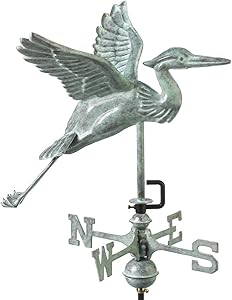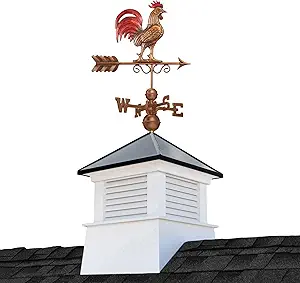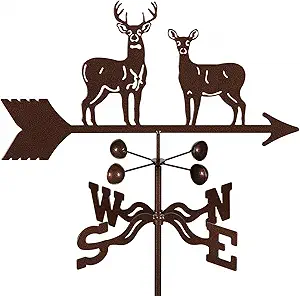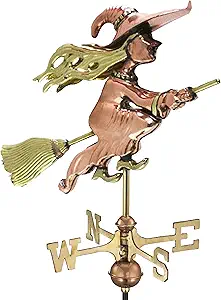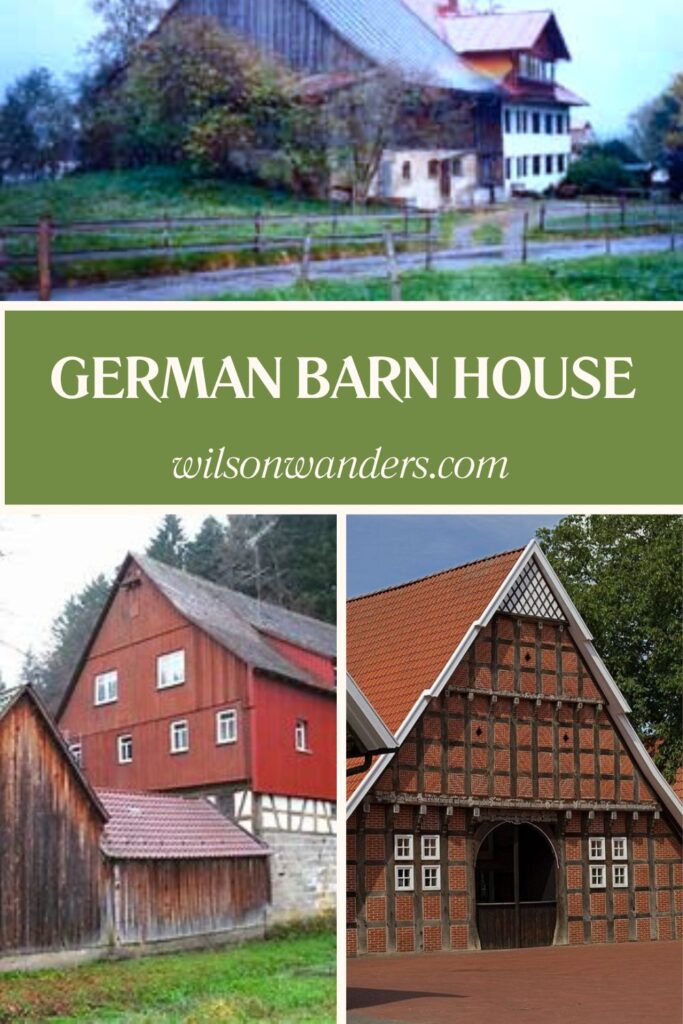
Scattered across the countryside of Germany, old houses with barns attached stand as enduring symbols of a way of life that has all but faded. These traditional buildings, often referred to as Einhäuser (one-house structures), are a testament to rural ingenuity and the close-knit relationship between home, land, and livelihood.
Most commonly found in regions like Bavaria, Hesse, and Lower Saxony, these homes date back to the 17th to 19th centuries. They were designed to house both people and livestock under one roof, often with living quarters on one side and barn or stable facilities on the other. This practical layout minimized exposure to harsh winters and allowed for easier care of animals, especially during the cold months.
The architecture varies by region. In the north, Fachwerkhäuser (half-timbered houses) with attached barns show off exposed wooden beams and intricate craftsmanship. In the south, stone or plaster facades dominate, often adorned with colorful shutters and painted religious symbols or family crests.
Though many of these structures have fallen into disuse or been modernized, a growing number of people are restoring them. Some are transformed into cozy family homes, bed-and-breakfasts, or artist retreats, preserving their rustic charm while adapting to modern life.
These houses tell the story of a deeply rooted agricultural heritage, blending function and tradition. Walking past one today, it’s easy to imagine the rhythm of rural life that once pulsed through these sturdy walls—the sounds of hooves on stone, the scent of hay, and the warmth of a wood-burning stove on a snowy night.
As an Amazon Affiliate, I earn from qualifying purchases. Copyright ©2024 WilsonWanders.com
